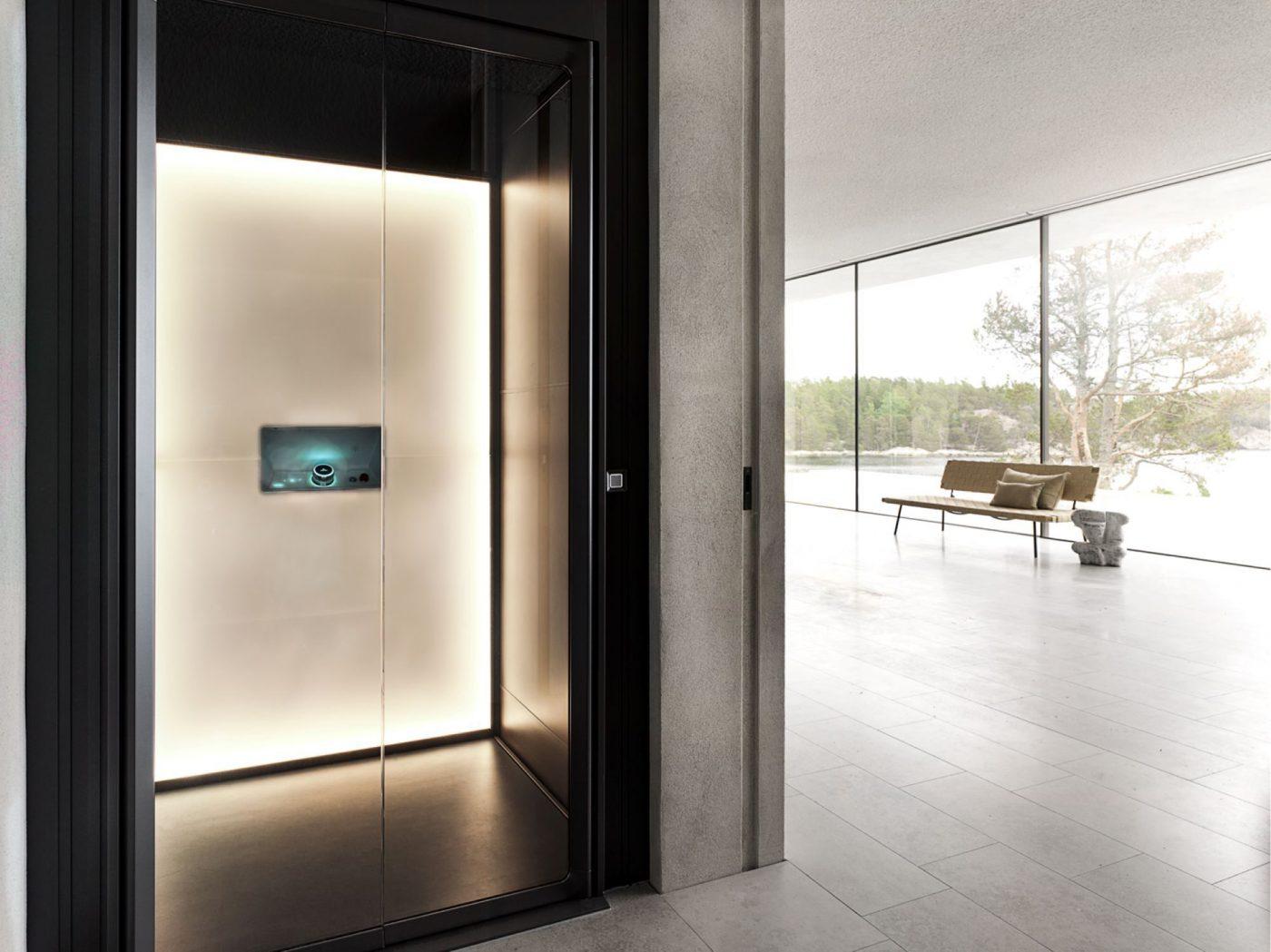Looking Into the Globe of Elevators: Typical Problems Encountered by Numerous Lift Mechanisms
As we navigate with the upright transportation systems of modern buildings, lifts stand out as an essential element of our day-to-day lives. From hydraulic elevators to grip systems and machine-room-less layouts, each lift kind comes with its set of typical problems.
Hydraulic Lifts
Hydraulic lifts, often chosen for low-rise structures, make use of fluid stress to manage the activity of the lift car (lift repair companies). This system includes a hydraulic pump pressing oil right into a cyndrical tube, triggering the lift to relocate in the desired instructions. While hydraulic elevators are known for their quiet and smooth operation, they do come with their very own set of typical problems
One prevalent issue with hydraulic elevators is oil leakage. The seals in the hydraulic system can use out gradually, leading to oil infiltration. If left unaddressed, this not only develops a mess yet can additionally influence the lift's efficiency. Furthermore, problems with the control system, such as defective valves or a malfunctioning pump, can trigger interruptions in the lift's movement.
Regular upkeep and timely repair services are important to ensure the smooth functioning of hydraulic lifts. By resolving these typical issues proactively, structure proprietors can reduce downtime and guarantee the security and efficiency of their upright transportation system.
Traction Lifts
When thinking about vertical transport systems in buildings, another usual type in addition to hydraulic lifts is the traction elevator. Grip elevators run utilizing a system of ropes and counterweights that relocate the elevator auto by grasping onto the hoist ropes. This mechanism permits smoother and quicker upright transportation contrasted to hydraulic systems.
One of the usual problems faced by grip elevators is rope wear. The continuous movement of the ropes within the grip system can lead to tear and put on with time, potentially creating the elevator to breakdown or become hazardous for usage. Regular assessments and maintenance of the ropes are essential to make sure the elevator's appropriate functioning and security.
An additional issue that traction lifts may run into is associated to the control system. Troubles with the control system can result in problems such as irregular movement, delays in response times, or perhaps complete shutdowns. Routine screening and upkeep of the control system are important to stop such concerns and ensure the elevator's reliability.
Machine-Room-Less (MRL) Lifts

Among the crucial components of MRL elevators is the small gearless traction machine that is installed within the hoistway. This equipment efficiently drives the elevator auto without the discover here need for bulky tools located in typical traction lifts. Furthermore, MRL elevators usually make use of a counterweight system to stabilize the automobile, further improving their energy effectiveness.
Regardless of their advantages, MRL elevators might deal with obstacles associated with upkeep and repair because of the restricted room for equipment setup. Accessibility for servicing elements within the shaft can be limited, calling for specialized training for technicians. Proper maintenance timetables and regular evaluations are crucial to make certain the continued smooth operation of MRL elevators.
Overloading and Weight Limitation Issues
Are lifts outfitted to handle excess weight loads effectively and safely? Overloading and weight limit concerns are critical concerns in elevator procedures. Elevator manufacturers design lifts with particular weight abilities to make certain guest safety and security and devices durability. Exceeding these weight restrictions can lead to various issues, consisting of mechanical failings, hold-ups, and security dangers.
When elevators are overwhelmed, it places too much stress on the motor, cables, and various other components, possibly creating malfunctions or break downs. If they detect excess weight, safety and security systems such as sensors and overload sensing units are in location to avoid lifts from moving. In addition, going beyond weight limits can bring about boosted energy consumption and damage on the elevator system.
To minimize overwhelming issues, developing managers must prominently present weight limits in lifts and educate passengers on the significance of sticking to these restrictions - lift repair companies. Normal maintenance checks by certified service technicians can additionally assist make certain that elevators are running within secure weight parameters. By dealing with overloading and weight limitation issues proactively, structure owners can enhance elevator safety and effectiveness
Electrical System Failings
Exceeding weight limits in elevators can not only lead to mechanical concerns yet additionally possibly contribute to electric system failures within the lift facilities. Electrical system failures are a vital worry in elevator procedure, as they can cause unanticipated shutdowns, malfunctions, or also safety and security threats.
Moreover, power rises or webpage variations in the electric supply can additionally interfere with the elevator's operation, affecting its performance and safety and security. These electric disturbances can damage delicate lift elements such as control panels, circuit boards, or sensing units, causing system failures. Regular upkeep and evaluations are important to identify and resolve possible electrical concerns immediately, guaranteeing the safe and effective procedure of elevator systems. By sticking to weight limitations and conducting regular electrical system checks, building proprietors can alleviate the risk of electric failures in lifts.
Final Thought

Hydraulic elevators, frequently favored for low-rise buildings, utilize fluid stress to manage the movement of the lift vehicle.When taking into consideration vertical transport systems in buildings, an additional typical kind aside from hydraulic lifts is the traction lift. Traction elevators run utilizing a system of ropes and counterweights that relocate the elevator cars and truck by grasping onto the hoist ropes. Unlike traditional lifts that call for a separate equipment room to house the tools, MRL lifts integrate most of the parts within the shaft, eliminating the requirement for a dedicated device area.In conclusion, elevators encounter typical issues such as hydraulic malfunctions, grip system failings, and electrical system issues.